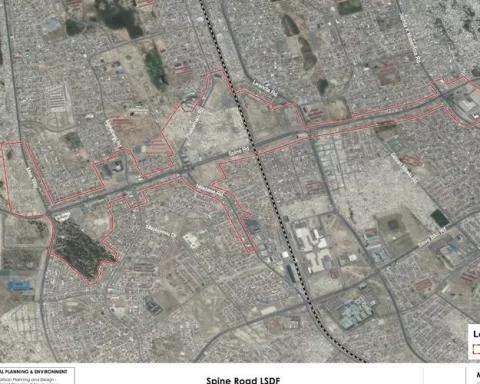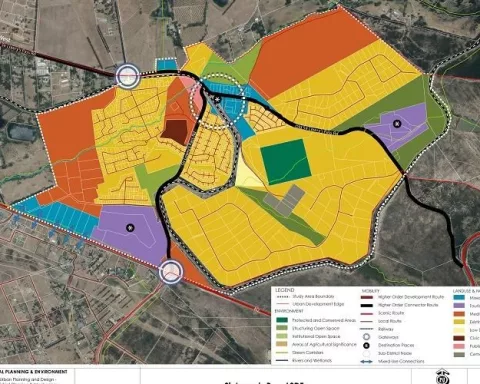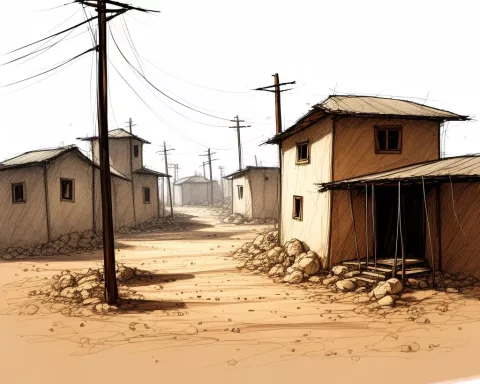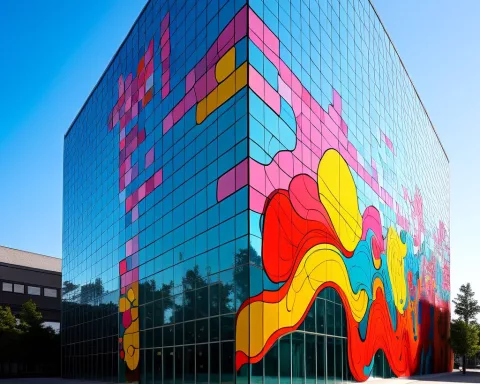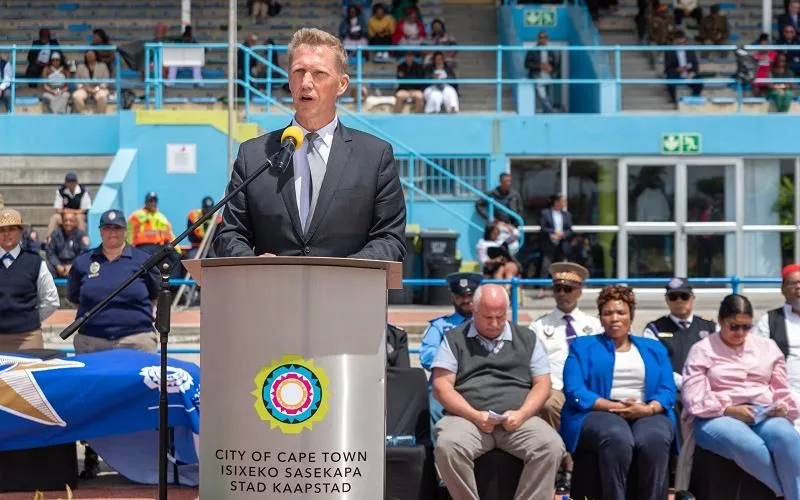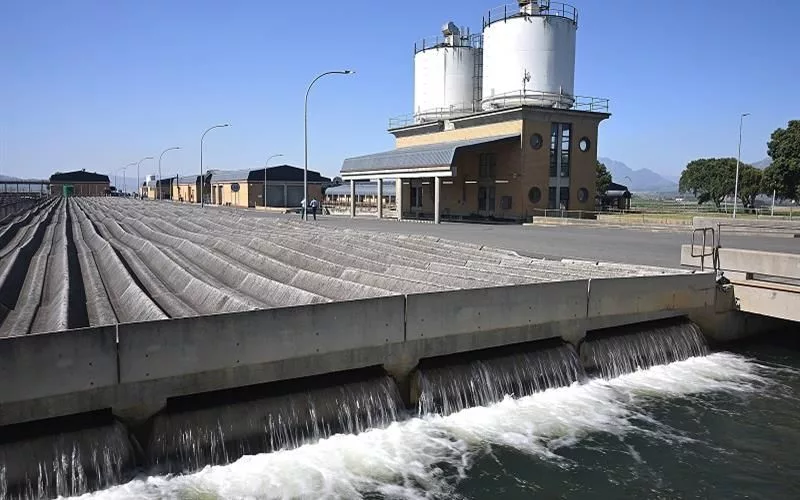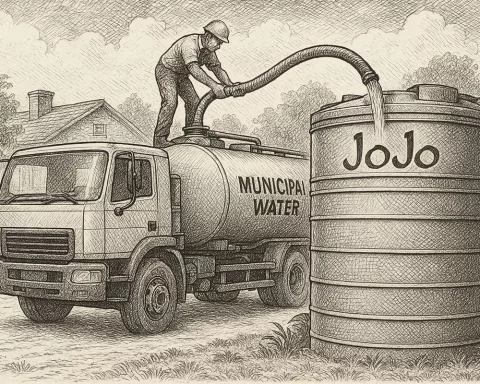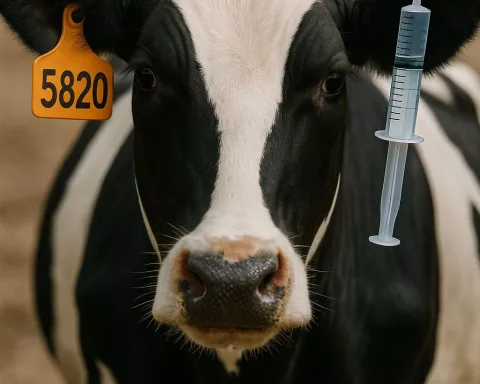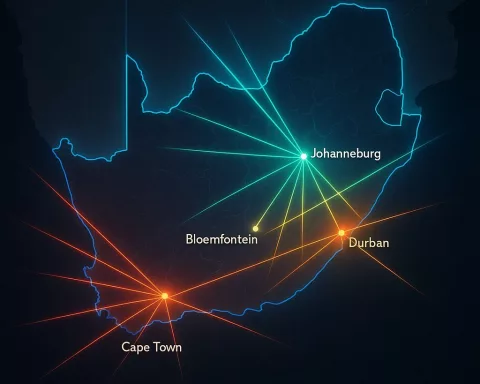Bellville’s Central Business District (CBD) in South Africa is undergoing a transformation with the approval of a Local Spatial Development Framework (LSDF) blueprint. The LSDF will unlock development possibilities, improve urban design, and socio-economic conditions, incorporating public and private sector investments in infrastructure, housing, and innovation to facilitate job creation and urban renewal. The LSDF represents a significant milestone towards a more vibrant, sustainable, and economically prosperous future for Bellville, with a focus on transforming the local economy by encouraging investment in sectors that generate jobs and foster resilience.
Bellville’s Central Business District (CBD) is set for a transformation with the council’s approval of a Local Spatial Development Framework (LSDF) blueprint. The LSDF aims to unlock development possibilities and improve urban design and socio-economic conditions. The plan includes public and private sector investments in infrastructure, housing, and innovation to facilitate urban renewal and job creation. The LSDF also concentrates on transforming Bellville’s economy by encouraging investment in sectors that generate jobs and foster resilience. The LSDF represents a significant milestone toward a more vibrant, sustainable, and economically prosperous future for Bellville.
In the current climate, where city revamping has progressively shifted from merely sprucing up urban aesthetics to intricate spatial and socio-economical alterations, Bellville’s Central Business District (CBD) is on the verge of a significant transformation. The city district in South Africa is poised for a future of sustainable growth, improved urban design, and thriving socio-economic conditions, after the council green-lighted a comprehensive Local Spatial Development Framework (LSDF) recently.
LSDF: A Blueprint for Progress
The LSDF is essentially a roadmap for precise local planning, urban management measures, and public infrastructure investments. The goal is to unlock an array of development possibilities while simultaneously setting in motion a much-anticipated urban revival of Bellville’s CBD. This framework is rooted in the Bellville Future City Masterplan of 2021, corroborated with heritage and utility infrastructure capacity studies.
As a vital precinct masterplan, the LSDF encapsulates the long-haul spatial vision for the city, enumerating specific strategies and investments needed to fulfill this vision. It plots out a trajectory of projects aimed at morphing Bellville CBD into a sustainable and bustling urban center, with the city, public collaborators, and the private sector operating in harmony.
The LSDF’s inception was marked by an extensive two-month public participation process, where inhabitants, enterprises, local stakeholders, and interested parties contributed to fine-tuning the plan. Deputy Mayor and Mayoral Committee Member for Spatial Planning and Environment, Alderman Eddie Andrews, underscored that all feedback was taken into account and adjustments were made where feasible.
Addressing Urban Challenges
Bellville, marked by a vast urban core flanked by smaller centers and employment zones, grapples with poverty and decay, particularly in areas south of Voortrekker Road. Bellville’s urban core is prioritized by the city’s Catalytic Land Development Programme, promoting inclusive growth and development. It aims to make the most of the digital economy and knowledge-based businesses to spotlight Bellville as Cape Town’s secondary metropolitan node with significant potential for job creation and inclusive growth.
With the LSDF, the city seeks to tackle these issues, directing both public and private sector investments in roads, utilities, housing, and innovation to facilitate urban renewal. The LSDF implementation plan emphasises job creation, infrastructure investment, and housing provision. It coordinates initiatives from public stakeholders, tertiary institutions, and city partners, aligning these with the Greater Tygerberg Partnership’s action plan.
Transformations and Opportunities
One of the most noteworthy features of the LSDF is its concentration on transforming Bellville’s local economy. The objective is to enhance the standard of living for Bellville residents and workers by encouraging investment in sectors that can generate jobs and foster resilience.
The LSDF ushers in several opportunities, particularly improving mobility between the metro-south east and the northern districts, especially along the Voortrekker Road Corridor. It intends to apply the principles of transit-oriented development, create urban spaces that merge high-density residential, commercial, retail, and recreational spaces, promote non-motorized transport, enhance public transport services, and implement a vertically integrated multi-modal Bellville Public Transport Interchange.
Furthermore, the LSDF envisages the allocation of vacant city-owned land for high-density mixed-use transit-oriented development. All these components contribute to an all-encompassing vision for Bellville – a dynamic, appealing, sustainable, and efficient CBD in terms of development and transport.
The Future is Bright
The Bellville LSDF will guide land use and development in alignment with the Tygerberg District Spatial Development Framework and Municipal Spatial Development Framework, morphing the city into a thriving, inclusive, and sustainable urban hub. This is an exhilarating prospect that Bellville and its inhabitants eagerly anticipate. The LSDF represents a significant milestone in the city’s journey towards a more vibrant, sustainable and economically prosperous future.
With strategic planning, proactive engagement, and coordinated efforts, Bellville CBD is poised for a metamorphosis that could redefine its socio-economic landscape. The LSDF is a beacon of hope, guiding the city towards a sustainable and inclusive future. This comprehensive framework serves as a testament to Bellville’s commitment to addressing urban challenges while unlocking new opportunities for growth and development.
1. What is the Local Spatial Development Framework (LSDF) blueprint?
The LSDF is a comprehensive plan approved by the council to unlock development possibilities, improve urban design, and socio-economic conditions in Bellville’s Central Business District (CBD) in South Africa. The plan includes public and private sector investments in infrastructure, housing, and innovation to facilitate urban renewal and job creation.
2. What is the objective of LSDF?
The LSDF aims to transform Bellville’s economy by encouraging investment in sectors that generate jobs and foster resilience, while also tackling urban challenges such as poverty and decay. It directs both public and private sector investments in roads, utilities, housing, and innovation to facilitate urban renewal.
3. How was LSDF developed?
The LSDF was developed through an extensive two-month public participation process where inhabitants, enterprises, local stakeholders, and interested parties contributed to fine-tuning the plan. All feedback was taken into account, and adjustments were made where feasible.
4. What are the opportunities brought by LSDF?
The LSDF ushers in several opportunities, particularly improving mobility between the metro-south east and the northern districts and applying the principles of transit-oriented development. It intends to create urban spaces that merge high-density residential, commercial, retail, and recreational spaces, promote non-motorized transport, enhance public transport services, and implement a vertically integrated multi-modal Bellville Public Transport Interchange. Furthermore, the LSDF envisages the allocation of vacant city-owned land for high-density mixed-use transit-oriented development.
5. What challenges does Bellville face?
Bellville faces urban challenges such as poverty and decay, particularly in areas south of Voortrekker Road. The LSDF seeks to tackle these issues and promote inclusive growth and development.
6. How will LSDF benefit Bellville’s CBD?
The LSDF will benefit Bellville’s CBD by guiding land use and development in alignment with the Tygerberg District Spatial Development Framework and Municipal Spatial Development Framework, morphing the city into a thriving, inclusive, and sustainable urban hub. The plan will enhance the standard of living for Bellville residents and workers by encouraging investment in sectors that can generate jobs and foster resilience. Overall, the LSDF represents a significant milestone in the city’s journey towards a more vibrant, sustainable, and economically prosperous future.


